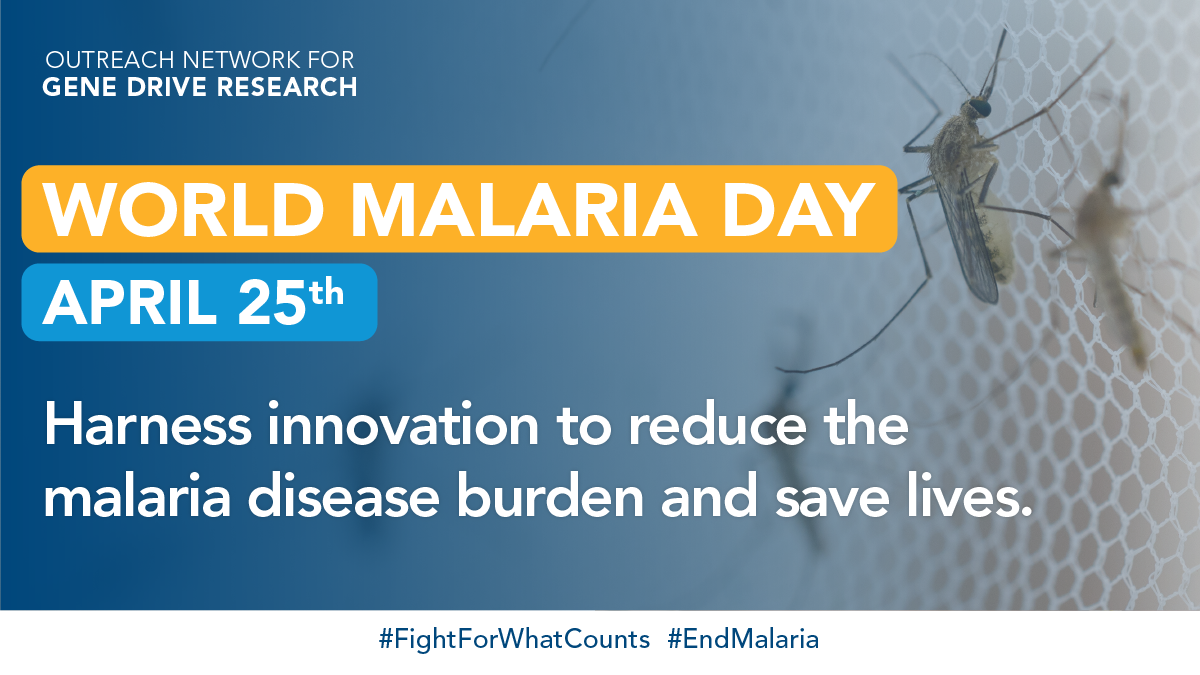By Dr. Dickson W. Lwetoijera and Dr. Brian B. Tarimo, Ifakara Health Institute
Every year on April 25, we celebrate World Malaria Day. It is a time when the world reflects on the achievements and shortfalls made in the fight against malaria. It is also the time when we assess if the strategies set forth are sufficient to meet the set goals towards the control and elimination of malaria.
This year’s celebration will be marked under the WHO theme “harness innovation to reduce the malaria disease burden and save lives”. This year’s theme greatly emphasizes the strong need for new innovative tools to complement existing strategies in the fight against malaria.

The burden of malaria is highest in tropical and subtropical countries. According to the 2021 World Malaria Report by WHO, 95% of all malaria cases occurred in Africa in 2020, an increase of 1% from the previous year. 627 000 deaths were also recorded globally from the disease, with most of these being children under the age of 5.
Coming from a malaria-endemic country, we have suffered from malaria several times. We have also seen our loved ones suffering from the disease. As research scientists working at the Ifakara Health institute (IHI) on vector-borne diseases (particularly malaria), we cannot stress the need for innovative tools to fight this disease enough.
Recent reports from WHO show that the reduction in malaria cases has stalled in many parts of the world, with some countries reporting an increase. It is evident that the current strategies used to control malaria mosquitoes have reached the limit of their efficacy. Therefore, we cannot proceed with a “business as usual” approach and expect the targets set to reduce and eventually eliminate malaria to be met. The development of novel and complementary tools is required in order to achieve further gains and not lose any ground.
One such novel tool is the use of gene drive genetically modified mosquitoes. These mosquitoes are equipped with a genetic modification that either impairs their ability to reproduce or their ability to transmit the malaria parasite. The genetic modification in these mosquitoes is coupled with a super-Mendelian form of inheritance known as gene drive that biases inheritance from one generation to another to increase the chance of the genetic modification being passed on through the target mosquito population. Because the mosquitoes themselves do the work, gene drive approaches could be a relatively sustainable and cost-effective solution to reducing malaria transmission.
Another novel tool being considered is the use of endogenous or exogenous microbial symbionts which interfere with pathogen transmission (symbiont-mediated vector control). Recently, we have also seen the success of Wolbachia-infected Aedes mosquitoes in preventing the transmission of Dengue virus in field trials. Researchers are investigating whether Wolbachia could also be used in Anopheles mosquitoes to prevent the spread of malaria. Moreover, other novel tools such as attractive targeted sugar baits (ATSB), endectocides and sterile insect techniques (SIT) all have the potential to contribute to the fight against malaria.
Current tools have not been enough to eradicate malaria, and that is what makes innovation crucial. Novel tools can provide an alternative solution to fight the disease by complementing existing methods. This World Malaria Day, join us to harness innovation to reduce the malaria disease burden and save lives.
Recent posts
